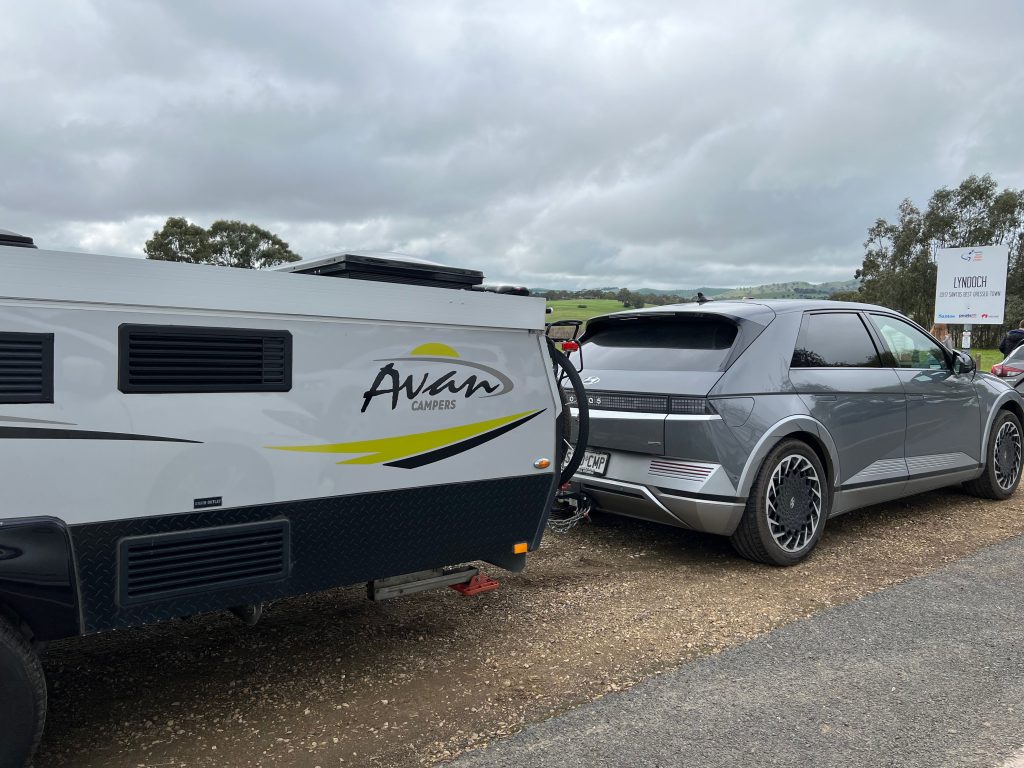There are many barriers to electric vehicle (EV) uptake in Australia, cost being one of the biggest[1]. To date, the federal government has not adequately incentivised EV ownership in Australia causing a significant delay in this technology being adopted. In Australia, each state and territory has a different policy regarding EV incentives, taxes, and rebates and this lack of national standardisation is partly to blame for the slow uptake[2].
Given the federal commitment to emissions reduction, Australian policy regarding EV ownership should be clear and concise, but it’s really not. Australia’s Emissions Reduction Plan only refers to infrastructure when addressing the growing need for EVs and not the cost[3]. Current federal incentives are insubstantial, and state-based legislation is confusing as each jurisdiction offers a different combination of rebate, stamp duty reduction, zero-emission subsidy, registration discount, luxury car duty waiver and interest free loan. Some states have, or are considering, additional road taxes levied at EV drivers to combat the loss of fuel excise income. The uncertainty and confusion surrounding what extra costs follow an EV purchase can disincentivise potential EV owners.
The recent announcement that Victoria is scrapping the state’s “road user charge” has created an interesting precedent. It was upheld in the High Court that the charge was invalid as only federal governments can impose such an excise[4]. This will cause other states to have second thoughts about the legality of such a move and creates additional pressure for the federal government to implement standardisation.

Another weekend ruined by EVs
In Europe, national incentives outperform regional incentives in encouraging EV ownership[5], and countries with a nationally consistent policy have a quicker uptake of EVs. A reduced purchase price has been the best strategy to rapidly increase EV take up in European states. Unsurprisingly, Australian consumers rank initial cost and recharging infrastructure concerns as the top two barriers against buying an EV[6] and would prefer an up-front government subsidy rather than ongoing discounts[7].
We really need government leadership on financial incentives to make EVs more accessible. Australia has already lost some of its global and domestic influence due to delayed action on environmental issues on the world stage, and its failure to regulate existing environmental laws sends conflicting messages to Australians about the government’s environmental commitments.
At the moment, private business and NGOs are taking the lead in promoting EV ownership in Australia. Some financial institutions are now offering interest free loans for EV purchases. Industry bodies, such as the RAA and the Electric Vehicle Council, hold significant advocacy power and with their large membership base, can potentially impact government policy around EVs. Currently, they are lobbying to improve the national charging network to alleviate issues such as range- and queue-anxiety for new EV owners, and to standardise rebates through mechanisms like the National Electric Vehicle Strategy.
To achieve global objectives, Australia needs to get more EVs on the road and reach its emissions reduction targets quicker, and federal government leadership is required to reach these targets. Whilst the Australian federal government has been slow to implement policy to attract and incentivise new EV ownership, NGOs are working strategically with all government levels to improve policy. Potential new EV owners, who have concerns about taxes, duties, and charging infrastructure, will hopefully soon be less confused and more confident about an EV purchase. The National Electric Vehicle Strategy, released earlier this year, is yet to prove its worth but may be the change Australia needs.
[1] Broadbent, G. H. (2018). Speeding the uptake of electric vehicles in Australia: Social attitudes to electric vehicle purchase and recommendations for government intervention to address market failures. https://unsworks.unsw.edu.au/entities/publication/0151c249-1ff3-449e-b94c-261d322808be
[2] Electric Vehicle Council. (2022). State of Electric Vehicles. https://electricvehiclecouncil.com.au/reports/state-of-electric-vehicles-march-2022/
[3] Department of Industry, Science, Energy and Resources. (2021). Australia’s whole-of-economy Long-Term Emissions Reduction Plan: A whole-of-economy Plan to achieve net zero emissions by 2050. https://www.industry.gov.au/sites/default/files/October%202021/document/australias-long-term-emissions-reduction-plan.pdf
[4] Daly, N. (2023, October 19). The High Court has overruled Victoria’s road user charge, but could EV drivers still be taxed? https://www.abc.net.au/news/2023-10-19/owners-taxed-electric-vehicle-levy-730/102994460
[5] Fearnley, N., Pfaffenbichler, P., Figenbaum, E., & Jellinek, R. (2015). E-vehicle policies and incentives – assessment and recommendations (1421/2015). Institute of Transport Economics. https://www.toi.no/getfile.php?mmfileid=41187
[6] Broadbent, G. H., Metternicht, G., & Drozdzewski, D. (2019). An analysis of consumer incentives in support of electric vehicle uptake: An Australian case study. World Electric Vehicle Journal, 10(1), 11. https://www.mdpi.com/2032-6653/10/1/11
[7] Energeia. (2018). Australian electric vehicle market study. https://arena.gov.au/assets/2018/06/australian-ev-market-study-report.pdf
[8] DCCEEW. (2023). The National Electric Vehicle Strategy. https://www.dcceew.gov.au/sites/default/files/documents/national-electric-vehicle-strategy.pdf
